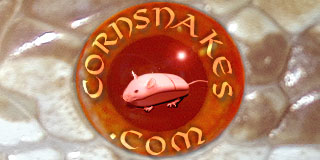PikaBun
Ex-pet shop girl
So by selectively keeping and breeding (cows) we have actually naturally selected our own pastoral populations to take advantage of milk. AKA. NOT digesting milk was a weakness that caused die off OR people with a lactose tolerance had more offspring and thus make up more of the population. Nowadays we have messed it up with pasteurization and such (not necessarily "being bred into", tricksterpup but excellent post).
I like the look of the scaleless corn snakes and I bet they feel like crested geckos (thin silky suede). However I think the scaleless beardies look sad, like melting wax :nope: and I want to try some raw milk!
The apparent convergent evolution of lactase persistence among human populations is best explained as an adaptive response to the shared selective pressure resulting from domestication of dairy animals and consumption of milk during adulthood. Indeed, sequencing of DNA from skeletal remains of eight neolithic individuals who lived across Europe between 5800 and 5000 years BC revealed that all were homozygous for the lactase non-persistence allele, lending support to the hypothesis that the lactose-persistence mutation was selected for following the domestication of dairy animals.
Raw milk contains harmless bacteria which produce lactase which, in turn, enables the human body to break down and absorb lactose. Pasteurized milk has had all of these bacteria killed off and is therefore lactase-free, but still contains lactose, causing problems for many people who try to drink it.
I like the look of the scaleless corn snakes and I bet they feel like crested geckos (thin silky suede). However I think the scaleless beardies look sad, like melting wax :nope: and I want to try some raw milk!
